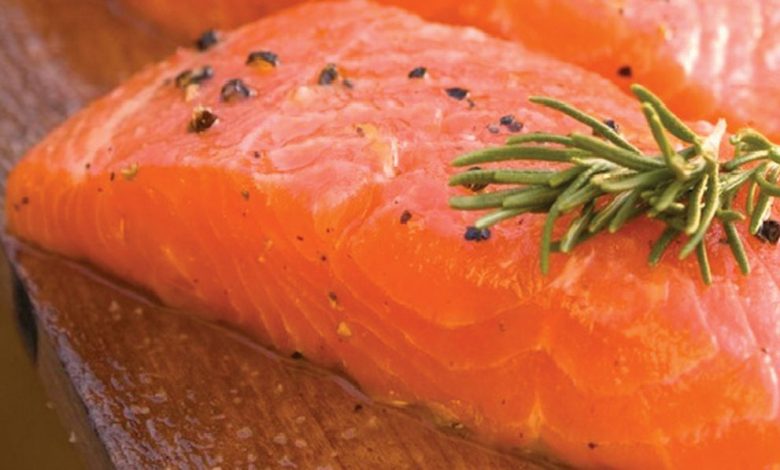

Essential fatty acids form an important part of our diet. Studies have shown that omega-3 fatty acids are especially beneficial to the eyes. The omega-3 fatty acids are docosahexaenoic acid (DHA) and eicoapentaenoic acid (EPA).
OMEGA-3 FATTY ACIDS DHA & EPA


ROLE IN PREVENTING MACULAR DEGENERATION
There was a big European study published in 2008, which showed that those who ate fish, (which is a food source of DHA and EPA omega-3 fatty acids) at least once a week had a decreased risk of developing wet (neovascular) macular degeneration, compared with those who ate fish less than once a week.
In another study in 2009 called the Age-Related Eye Disease Study (AREDS), it was found that those who consumed the highest level of omega-3 fatty acids in their diet were 30 percent less likely to develop macular degeneration
ROLE IN DRY EYES
Omega-3 fatty acids helps reduce dry eye syndrome, a chronic eye disease caused by a decrease in tear production or increase in tear evaporation. In a study of more than 32,000 women between the ages of 45 and 84, it was found that those who consumed omega-3 fatty acids in their diet benefited from less dry eye problems.


WHAT ARE THE SOURCES OF OMEGA-3 FATTY ACIDS DHA & EPA?
Omega-3 Fatty Acids DHA & EPA can be found in foods like oil-rich fish, fish oil, nuts, plus fortified foods like eggs, bread and fruit juices. The variety of fish included sardines, salmon and tuna. It is not surprising though that the sea-water varieties were found to be better sources than the farmed variety of fish partly because these were typically subject to higher levels of pollutants.
Other good sources of omega-3 fatty acids include flaxseeds, flaxseed oil, walnuts and dark green leafy vegetables. The only downside is that our bodies cannot process the Omega-3 Fatty Acids from these vegetarian sources as easily as the Omega-3 Fatty Acids that are found in fish.
For more information, please call Gill Eye Specialist Centre,
Hospital Fatimah 05-5455582 or email gilleyecentre@dr.com.


